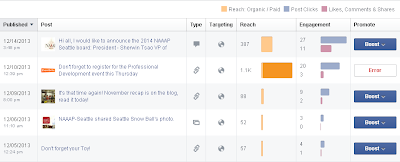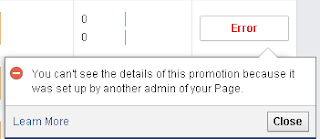Nearly every web and SEO expert will tell you that this concept simply does not matter anymore now that screen sizes have grown considerably and users subconsciously don't notice the effort it takes when swiping around on a tablet or other portable Internet-capable device. It is necessary under certain web conditions that may or may not be under your control in a web content management system. It is an archaic means of enticing people to buy a newspaper, where all the juicy content or eye-grabbing make-you-read-it-there stuff was on the top half of the front page. But have we, as humans, evolved enough to break away from generations and centuries of reading content this way? It was only natural when the web adopted this type of lure for its own viewers. Some viewers will scroll down if they find that content is usable and valuable to them.
I managed a corporate e-newsletter that, when printed, came out to be five pages long. A partner vendor had complained that I slotted their offer (a free Photoshop plug-in) at the bottom of the newsletter; and when it came down to metrics, they were pleased by the results (more than a thousand click-thrus to their website; the top offer by unique clicks for that newsletter issue). Feedback from other partners report similar successes. It's not where your content is on that page. If it is relevant to whoever is looking and speaks to their needs, it will sell.
Who does the content matter to? It depends on who you're trying to sell that content to. And by selling I don't mean an outright purchase, I'm talking about time and consideration of that content by a prospective user or customer. I had shifted content around putting our most relevant new content at the top of the newsletter, like a new product announcement, case studies, a new online community that we started to host and curate, followed by partner content, and then by partner offers. The perception here was to change how the newsletter was seen internally by the company. If I highlighted the awesome stuff the company was doing, then word-of-mouth would spread. Well, that was the idea anyways.
Is slotting all your valuable content above the 600px line the right design approach for your newsletter, landing page, or website? I have to say, err no insist, that it depends heavily on the audience you are trying to attract and how you intend to make a sale.
Seguetech.com had this interesting image about offers and the fold:
It'll work for most types of websites out there, from professional services to K-12 software to potluck blogs, etc.
I find all this mildly amusing considering that every site I've researched that suggests the contrary about the "above the fold" has their primary subscribe or call-to-action or contact us above the fold. It makes me think that above the fold is still very much relevant.
Read more?























